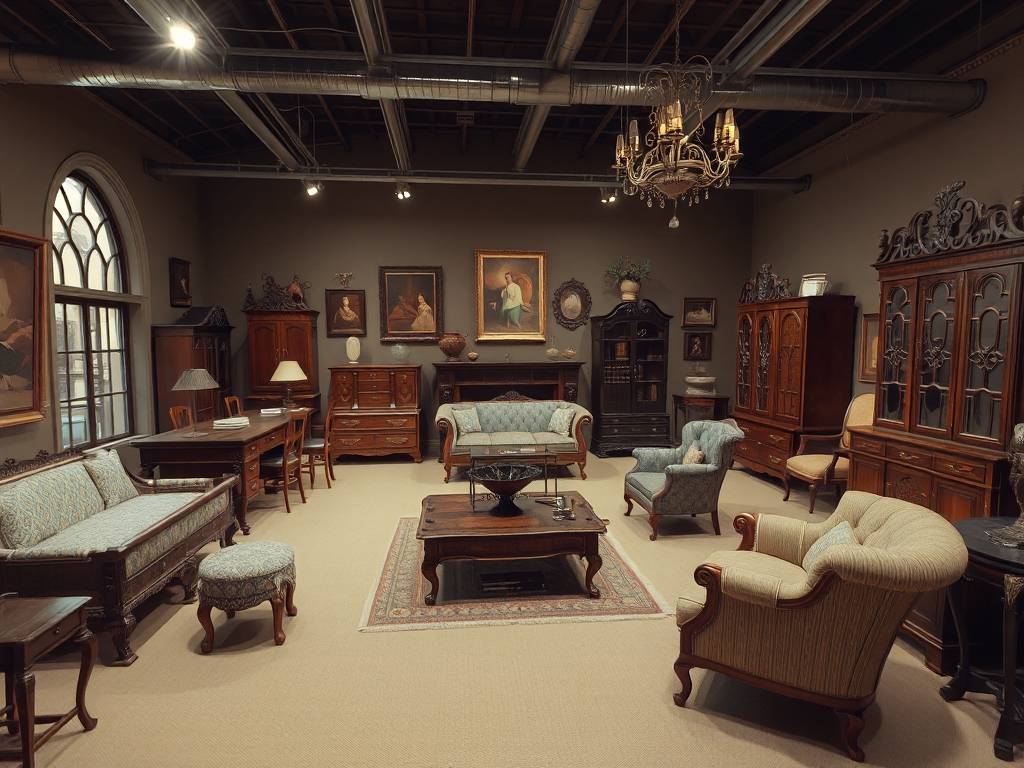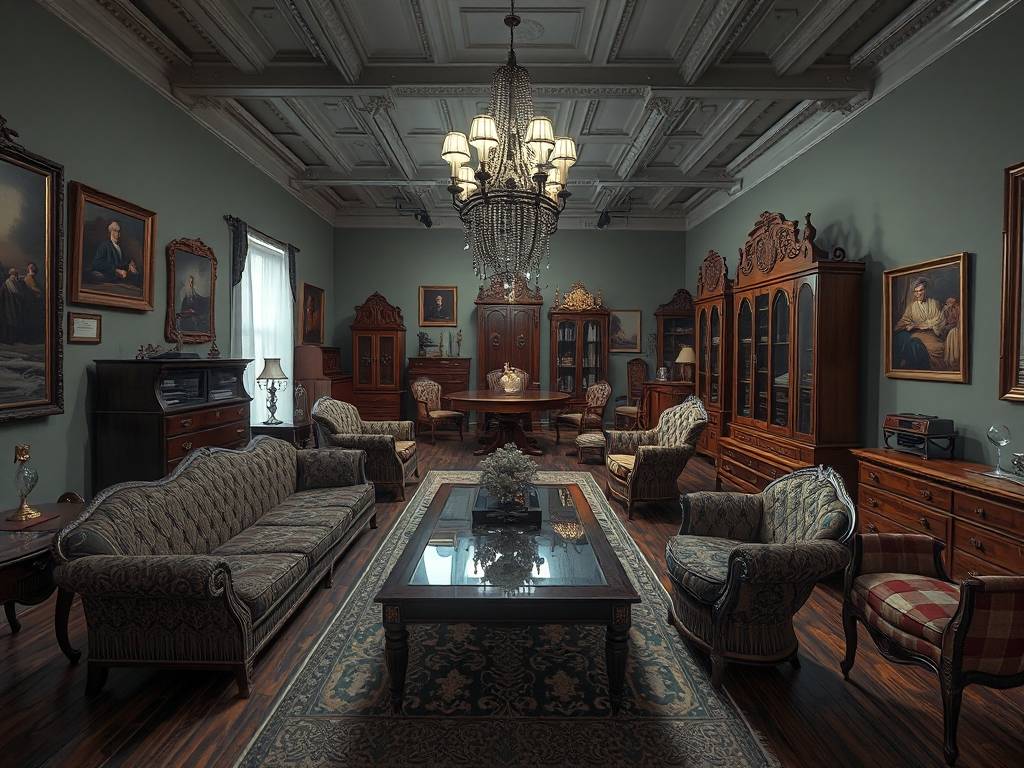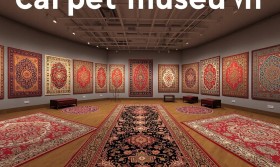Imagine standing before a magnificent, 17th-century French armoire, its oak surface carved with intricate scenes of mythology. You lean in, closer than any velvet rope in a traditional museum would allow, and trace the delicate grooves left by a master carver’s chisel centuries ago. Now, imagine doing this not in a hushed, crowded gallery in Paris, but from your living room, wearing a virtual reality headset. This is the new frontier of cultural preservation and public access, a revolution being led by the "Furniture Museum VR" and its ambitious Antique Collection Expansion.
The core mission of any museum is to preserve and educate. Yet, physical limitations have always been a barrier. A priceless chair can only withstand so much light exposure; a fragile gilded table can only be seen by a handful of visitors at a time. The very act of showcasing these treasures contributes to their slow decay. This creates a fundamental tension between preservation and access. The Furniture Museum VR platform was born from a desire to resolve this tension. It began as a digital twin of a physical museum, a proof-of-concept that allowed users to navigate a beautifully rendered gallery. But the new Antique Collection Expansion is a quantum leap. It’s not just about adding more 3D models; it’s about building a comprehensive, interactive archive of furniture history, making the inaccessible profoundly accessible.
So, what exactly does this expansion entail? It is a multi-faceted project that involves several key stages, from acquisition to user experience. The first step is the meticulous process of digital acquisition. Teams of specialists travel to private collections, historic homes, and partner museums that house these rare pieces. Using high-resolution photogrammetry and 3D laser scanning, they capture every minute detail of an object. This isn't just a few photographs; it's the creation of a billion-point data cloud that records every scratch, patina, and subtle color variation. This raw data is then transformed into a highly detailed, but user-friendly, 3D model optimized for VR and desktop viewing. The goal is "digital fidelity"—creating a replica that is as true to the original as current technology allows.

But a static model, no matter how detailed, is only half the story. The true magic of this virtual museum expansion lies in the layers of contextual information woven around each piece. This is where the experience transcends viewing and becomes true understanding. For every item in the collection, you can access a wealth of knowledge. A simple gesture can bring up the object's provenance, tracing its journey from the original craftsman to its current home. You can learn about the historical period, the design movements it represents—from the opulence of Baroque to the clean lines of Mid-Century Modern—and the specific joinery techniques used in its construction.
Perhaps the most innovative feature is the "X-Ray Vision" mode. With a toggle, the solid form of a Chippendale desk becomes translucent, revealing its internal structure. You can see the dovetail joints, the internal supports, and the hidden compartments that are invisible to the naked eye. This feature is invaluable for students, craftsmen, and anyone curious about the "how" behind the "what." Furthermore, curated audio narrations and video clips from furniture historians provide expert commentary, pointing out details you might otherwise miss and sharing fascinating anecdotes about the piece's creation and use.
Let's take a concrete journey through this expanded collection. You select the "Renaissance Studiolo" environment. The sterile white gallery melts away, and you are transported into a richly paneled, intimate room from 16th-century Italy. Sunlight streams through a virtual window. Before you stands a "Cassone," a traditional wedding chest. You can open its lid to see the interior, and the built-in conservation guide explains why the original painted surface on the inside has faded less than the exterior. This is immersive learning at its finest.

Next, you jump to a "Roaring Twenties Salon." Here, an Art Deco vanity table takes center stage. Using the material analysis tool, you can highlight the different components: the Macassar ebony veneer, the polished nickel hardware, and the subtle inlays of mother-of-pearl. The platform tells you about the global trade routes that made such exotic materials available and the social context of such a personal object. This ability to instantly traverse centuries and continents is a unique advantage of the virtual antique furniture archive.
The applications of this expansion are vast and varied. For the general public and antique enthusiasts, it's a dream come true—a chance to examine world-class collections without the cost and logistics of international travel. It democratizes access to cultural heritage. For educators and students, it's a dynamic textbook. A teacher can take an entire class on a field trip to a virtual Georgian manor, with each student able to inspect different pieces up close, fostering a deeper engagement than any slideshow could provide.
For researchers and historians, the platform is a powerful analytical tool. The ability to compare two chairs from different regions side-by-side, to measure precise dimensions, and to study construction techniques in minute detail can lead to new academic insights. Interior designers can use the collection for inspiration, placing historically accurate virtual furniture within their own digital design mock-ups to see how antique pieces can complement modern spaces. For collectors, it serves as an extensive, verifiable database for authentication and appreciation.
Of course, a project of this ambition faces significant challenges. The financial and technical resources required for high-fidelity 3D modeling are substantial. There are ongoing questions about digital preservation—ensuring these vast data files remain accessible as technology evolves. Furthermore, the platform must continuously strive to improve the tactile experience. While visuals and information are rich, the feeling of a wood's grain or the weight of a marble slab is still beyond current consumer VR technology. Future updates may explore haptic feedback integration to bridge this gap.
Looking ahead, the potential for the Furniture Museum VR platform is boundless. The expansion is not a one-time event but an ongoing process. Future plans include incorporating user-generated content, allowing institutions and even private owners to submit professionally scanned pieces to the archive. There is also the exciting possibility of "lost collections"—digitally reconstructing furniture from historic inventories or photographs that have been destroyed by war or time, bringing them back to a kind of virtual life.
The Antique Collection Expansion is more than an update; it's a redefinition of what a museum can be. It breaks down physical and geographical barriers, replacing them with bridges of light and data. It ensures that the stories embedded in wood, fabric, and metal are not only preserved but are made more vibrant and accessible than ever before. This virtual conservation effort guarantees that future generations will have a window into the craftsmanship and artistry of the past, a window that will never be clouded by time or distance. It invites everyone to become a curator of their own personal, limitless gallery of furniture history.


















